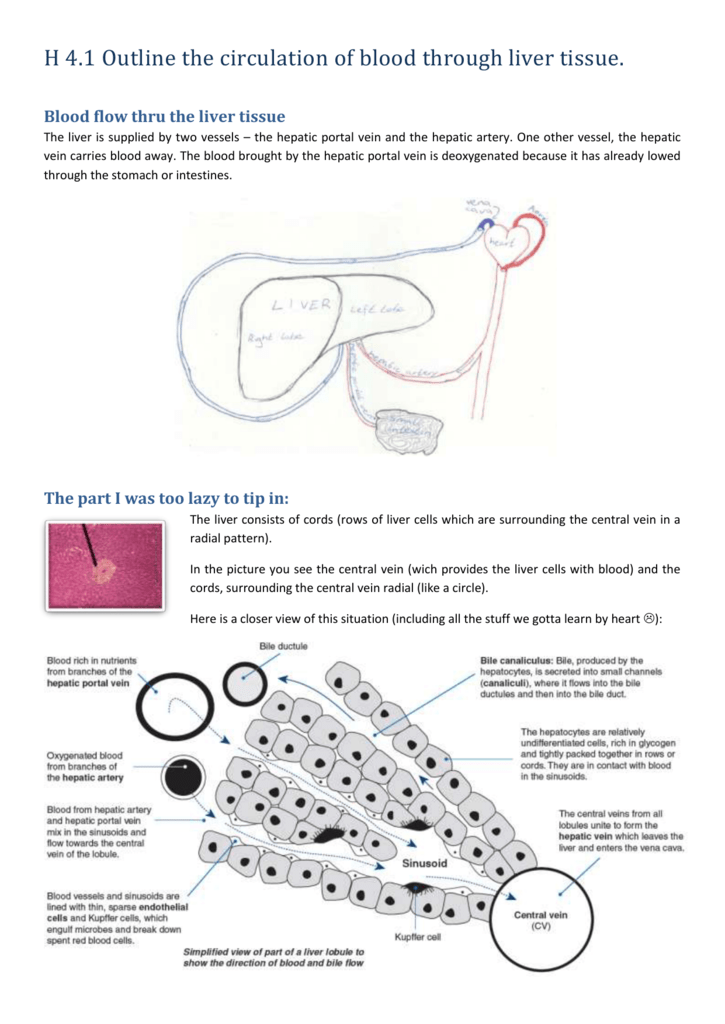The Blood Vessel That Carries Blood From Gut To The Liver | It is also important not to share. The blood vessels are the components of the circulatory system that transport blood throughout the human body. 4 how can you keep your blood vessels healthy? For example, the ileocolic and right colic branches frequently. Blood vessels are tiny tubes inside your body that carry blood around your body.
They also take waste and carbon dioxide away from the tissues. Mechanically the blood vessels, especially those near the skin, play a key role in thermoregulation. It circulates blood throughout the body. Bringing waste products to the kidneys and liver, which red cells contain a special protein called hemoglobin, which helps carry oxygen from the lungs to the rest of the body and then returns carbon. 1 what do blood vessels look like?
Which blood vessel in the human body carries most impure blood after few hours of meal. the answer is given as renal artery. They also transport blood that has been drained from the colon, pancreas, small intestine, and the stomach. It circulates blood throughout the body. Its main function is to convey oxygen to the lungs, where it can enter the blood stream and to remove carbon dioxide, which escapes from the blood into the lung spaces. The blood vessels are the components of the circulatory system that transport blood throughout the human body. Blood vessels can swell to allow greater. Blood vessels flow blood throughout the body. Arteries transport blood away from the heart. A healthy cardiovascular system is vital to supplying the body with oxygen and nutrients. Phase ii metabolism increases the water solubility of a substance facilitating its excretion. The venules then merge into veins, which carries the blood back to the heart. Carrying cells and antibodies that fight infection. 4 how can you keep your blood vessels healthy?
The inferior vena cava carries blood from the lower body to the heart. They also transport blood that has been drained from the colon, pancreas, small intestine, and the stomach. The hepatic vein carries deoxygenated blood out of the liver. Which blood vessel in the human body carries most impure blood after few hours of meal. the answer is given as renal artery. The waste product urea diffuses from the cells of the liver to the tissue fluid and then across the capillary walls.

There is another vein connected to the liver called the hepatic portal vein. For example, the ileocolic and right colic branches frequently. Schematic plan of blood circulation in human. The waste product urea diffuses from the cells of the liver to the tissue fluid and then across the capillary walls. First the blood enters microscopic vein branches called venules. Lobules are the functional units of the liver and consist of millions of cells called avoid exposure to blood and germs: The heart is a large, muscular organ that pumps blood filled with oxygen and nutrients through the blood vessels to the body tissues. Forming blood clots to prevent excess blood loss. They also transport blood that has been drained from the colon, pancreas, small intestine, and the stomach. Take blood back to the heart under low pressure. It is also important not to share. The major blood vessels that are connected to the heart include the. It circulates blood throughout the body.
Blood vessels are flexible tubes that carry blood, associated oxygen, nutrients, water, and hormones throughout the body. Carry blood under high pressure. The venules then merge into veins, which carries the blood back to the heart. Wider lumen than arteries, with very little elastic or muscle tissue. For example, the ileocolic and right colic branches frequently.
1 what do blood vessels look like? For example, the ileocolic and right colic branches frequently. First the blood enters microscopic vein branches called venules. Blood vessels are flexible tubes that carry blood, associated oxygen, nutrients, water, and hormones throughout the body. The blood vessels are the components of the circulatory system that transport blood throughout the human body. They do not have muscle layers and allow the exchange of substances vessels carrying blood away from the heart are arteries starting with the aorta and those bringing back from the body are the superior and inferior. The heart and the large blood vessels connected with it, as well as the lungs and the esophagus are in the thoracic cavity. These vessels transport blood cells, nutrients, and oxygen to the tissues of the body. Phase ii metabolism increases the water solubility of a substance facilitating its excretion. The blood vessels divide into small capillaries, with each ending in a lobule. The embryonic gut then twists to the right (ascending colon) and then to the left (descending colon) it drags its blood supply with it which explains why the right colon is supplied by branches of the common variations in these vessels; It circulates blood throughout the body. The hepatic vein carries deoxygenated blood out of the liver.
The Blood Vessel That Carries Blood From Gut To The Liver: Blood is transported in arteries, veins and capillaries.